Archives
How to Store Food Using Oxygen Absorbers
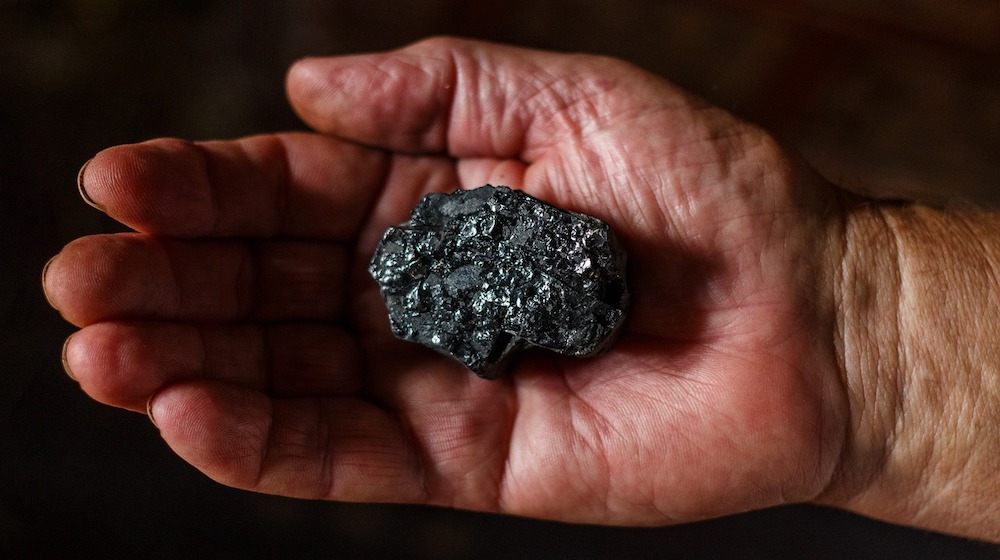
Have you ever wanted to try using oxygen absorbers to store food?
Oxygen absorbers can drastically increase the shelf-life of your survival food, and they’ll save you space as well.
Gaye Levy from Backdoor Survival has provided us with the only guide to oxygen absorbers you’ll ever need. Check out her article below, and be sure to visit her site for more great food storage tips.
Learning about Long Term Storage
The very first item I purchased for my food storage pantry was a 25 pound sack of pinto beans. Of course back then, I thought I would simply store the big bag in the garage and let it sit there until I needed it. Set it and forget it. Why not?
Luckily, I did my research and learned first and foremost that beans, along with many other bulk foods, have a shelf life.
Furthermore, I learned that beans will become hard as rocks if not properly packaged and stored in a cool, oxygen and moisture free environment. Who knew?
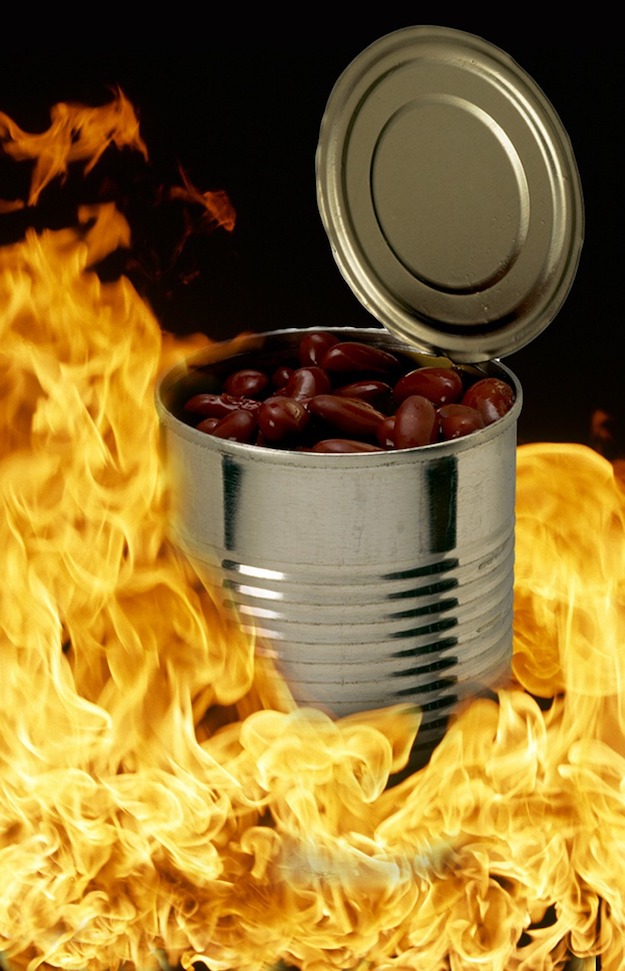
The light bulb really came on as I was reading John Hill’s book How to Live on Wheat. It was this little book that taught me not only about wheat (did you know that wheat can be living or dead?) but about storage containers, Mylar bags, desiccants
, and something called oxygen absorbers
. This set me on a serious path to learn what was in those little O2 absorber packets along with what I needed to do to use them effectively for long term food storage.
What the Heck are Oxygen Absorbers?
The first thing I learned was that oxygen absorbers are smallish little packets that hold an iron powder. Through the magic of technology, or so it seems to me, the outer wrapper lets oxygen and moisture in where it is absorbed by the iron powder. It does so while maintaining the integrity of the outer wrapper while at the same time preventing leakage of the the powder back into the packaged food.
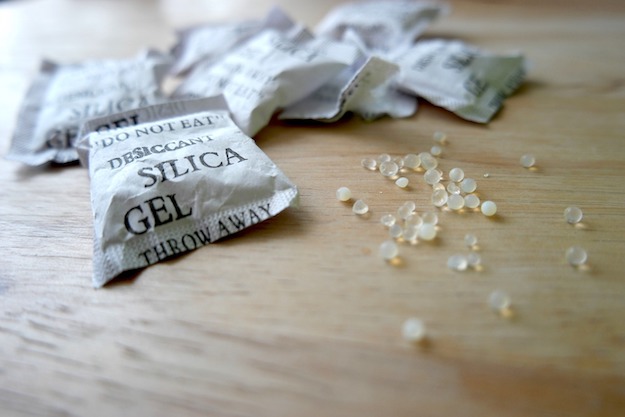
In the process of sucking up moisture, the iron in the O2 absorber begins to rust. This creates oxidation and before you know it, in a well sealed container, 99.99% of the oxygen is used up. Any space or air left in the container is nitrogen, not oxygen, which is not a bad thing because insects can not thrive in pure nitrogen.
In simplistic terms, those little packets of iron suck up all of the oxygen from the air within the container in which it is placed.
Factoid: Air is about 21 percent oxygen, 78 percent nitrogen and 1% other gasses.
What About Storage Containers?
As you do your research, you will hear over and over again that you should use oxygen absorbers in sealed Mylar bags. This is true. O2 absorbers work extremely well when used with sealed Mylar bags. That being said, they can also be used to successfully block out oxygen with other types of packaging, too.
All of the following will work:
- Metal Cans with Sealed Lids. Great if you have access to a canner or a local community kitchen. For most of us, however, this is not a realistic and cost effective solution.
- Mason Jars and Canning Lids. This is one of my favorites especially since I have a special jar attachment for my food saver that will vacuum seal mason jars quickly and easily. It is just a personal thing, but I love looking at my food peeking out of those glass jars.
- Mylar or Metalized Bags. These are heavy duty foil bags lined with a special plastic.
- Vacuum Sealed Bags (such as the Food Saver bags). While not as heavy as the Mylar, these are much easier to handle especially if you already have the Food Saver machine itself. Note, however, that vacuum sealed bags do tend to loose their seal over time although they should be good for up to 3 years.
- Plastic Buckets with Gamma Seals. These can be used alone or in combination with other Mylar or other bags such as those from the food saver.
- PETE Plastic Bottles. These are great as long as they include airtight, screw on lids.
The Proper Way to Use Oxygen Absorbers
There are a few precautions you need to be aware of when using oxygen absorbers.
The most important precaution is to limit the exposure of unused packets to air. Take out only what you are going to use in the next 15 minutes or so and seal the rest up in a jar with a screw top lid. Don’t put them in a zip lock bag because they will immediately suck up the residual oxygen and become useless.
A good rule of thumb is to use one 300 cc oxygen absorber for each gallon of product. For larger containers, you can purchase larger, 2000 cc oxygen absorbers which are ideal for 5 or 6 gallon buckets.
Be mindful of the little pink pill. Most reputable vendors will include a little pink pill with their package of absorbers. If the pill is blue, the absorbers are toast so don’t use them. However, if they are just starting to turn – not quite pink and not quite blue – they are probably okay since the change of color can happen in as little as 10 or 15 minutes.
Another good test of their viability is to pick one up an hold it. It may feel warm. It will also feel soft and powdery, like a little pillow. If it gets real hot and uncomfortable, it is in full out working mode and has probably been exposed to the air for too long to be usable. In this case it may also start to feel hard and brick like. Toss it.
Oxygen absorbers themselves have a limited shelf life, even when sealed. Only purchase an amount that you will use within a year.
7 Additional Tips for Using Oxygen Absorbers
- If you decide to do some research on your own, prepare to be confused. You will find that some sources recommend you should use a larger quantity of oxygen absorbers when packaging dried pasta and beans versus packaging grains, flours, and rice. The reason for this is that the latter are more dense so there is less oxygen to get rid of. As I read those tables showing how many O2 absorbers to use for this or that, my head starts to hurt. You can come to your own conclusion but the overwhelming advice I received from respected vendors was that 300 cc’s per gallon or 2000 cc’s per bucket would do just fine.
- Almost anything can be packaged using oxygen absorbers and they are so inexpensive, there is no reason not to use them. There are two things, however, that should be packaged without them. They are sugar and salt. Why? Sugar will turn to a brick of concrete and the salt simply does not need anything special to keep it preserved. It might also clump.
- Sprouting seeds need oxygen to stay alive and to ultimately germinate. This means that you will be defeating your purpose if you seal them up with an oxygen absorber. Don’t.
- A bag sealed with product plus an oxygen absorber may or may not turn brick like in a day or two or even up to a week. The ability to fully compress is dependent upon factors such as head room and the amount of air that was sucked out during the sealing process. This is not a problem in spite of what you may read on the internet. If you have used an oxygen absorber sufficient for the size of your packaging, the oxygen will be gone. The extra air is simply nitrogen and it will not harm your food. Of course, if it makes you feel better, you could open the package and start all over again but that is not really necessary for anything but your peace of mind.
- When using a mason jar to seal bulk foods for the short term (one or two years), there is no need to use an oxygen absorber since your food will remain fresh for a few years on its own. On the other hand, the O2 absorber is low in cost (ten cents give or take) and provides an extra layer of protection.
- Do not confuse oxygen absorbers with desiccants. The oxygen absorber removes oxygen and the desiccant removes moisture. You can use both although some foods are inherently dry to begin with and once vacuum sealed, will stay that way making their use superfluous especially if stored in a dry area.
- During your food storage session, get everything set up in advance, assembly-line style. By that, I mean set up your packaging material (most likely Mylar bags or mason jars), fill them with product, and then, at the last minute, take out the number of O2 absorbers you need. Before moving down the assembly line, immediately seal the extra, unused O2 absorbers in a lidded mason jar or vacuum seal bag. This will ensure that they will still be viable for the next food packaging session.
The Final Word
There is no reason that oxygen absorbers should be a big mystery. The reality is that they are a cinch to use and inexpensive to boot.
Using them will pretty much guarantee that your bulk foods will stay fresh over the long term and as you know, you simply can not beat the cost-effectiveness of bulk foods. Wal-Mart, Costco, and LDS Home Storage Centerssell bulk foods at reasonable prices and with a little bit of work on your part, can provide you and your family plenty to eat when grocery store shelves are bare.
For an interesting technical discussion of Oxygen Absorbers, read A Guide to Oxygen Absorbers.
Note: This article has been re-written and updated from the original version that was published in August 2011.
Until next time, keep on prepping!
Enjoy your next adventure through common sense and thoughtful preparation!
Gaye
Check out the video below for more info on storing food with oxygen absorbers.
10 Food Storage Solutions for the Urban Prepper
Food Storage Solutions: Buckets, Lids and Gamma Seals
20 Items to Kick Start Your Food Storage Plan
-

 Do It Yourself7 months ago
Do It Yourself7 months agoParacord Projects | 36 Cool Paracord Ideas For Your Paracord Survival Projects
-

 Do It Yourself9 months ago
Do It Yourself9 months agoHow To Make Paracord Survival Bracelets | DIY Survival Prepping
-

 Do It Yourself9 months ago
Do It Yourself9 months ago21 Home Remedies For Toothache Pain Relief
-

 Do It Yourself10 months ago
Do It Yourself10 months agoSurvival DIY: How To Melt Aluminum Cans For Casting
-

 Exports8 months ago
Exports8 months agoAre Switchblades Legal? Knife Laws By State

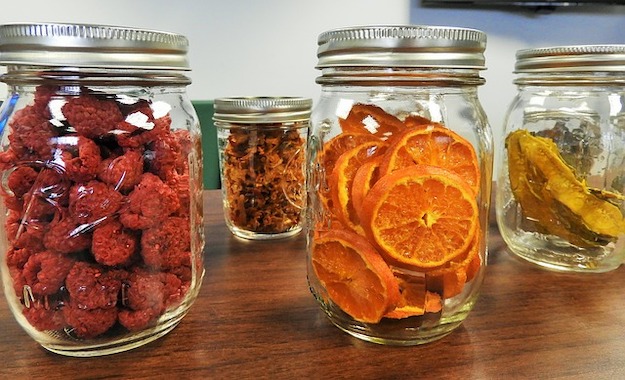


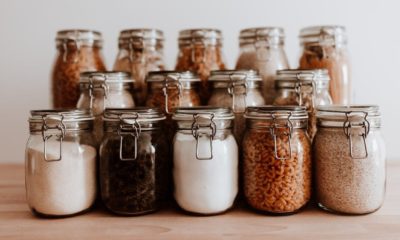

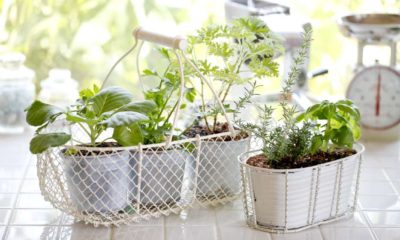

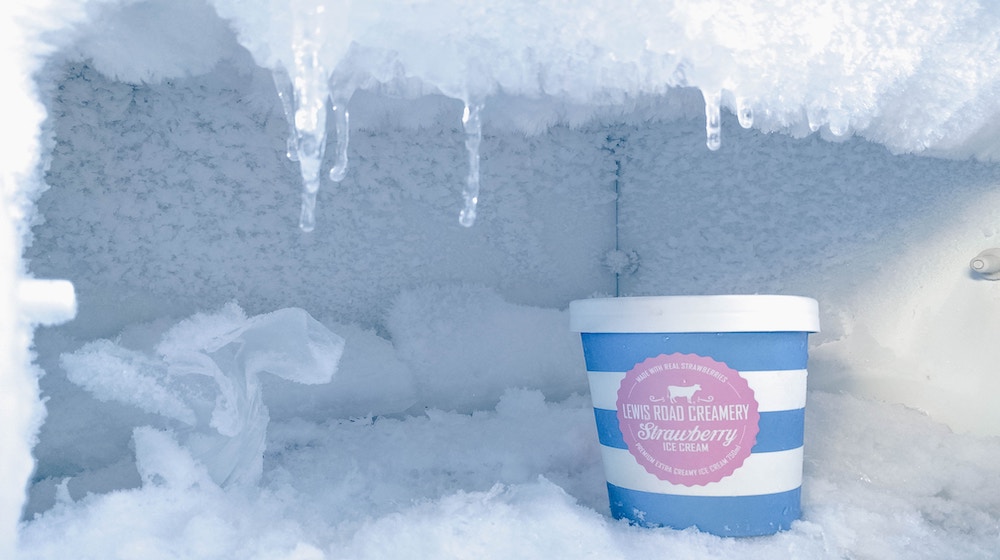


Pingback: Appetite Fatigue: It Hits More than Just Your Waistline | Survival Life
Pingback: The Effects of Appetite Fatigue | Survival Life